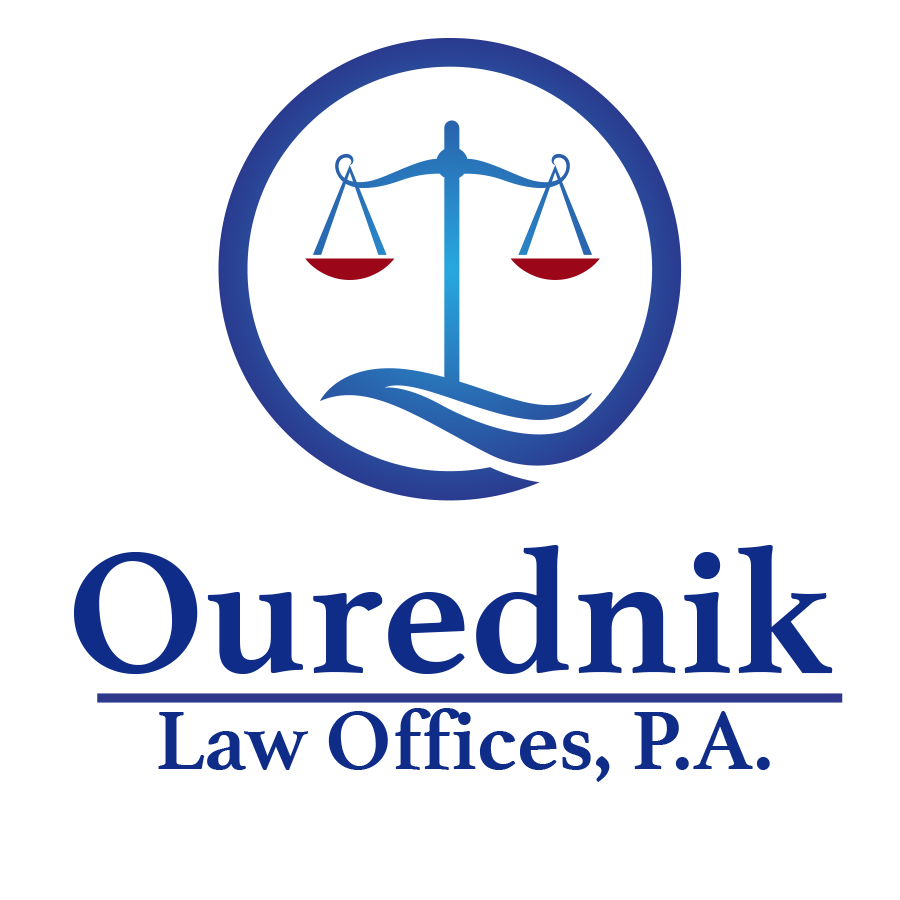
Assets: What Assets Do NOT Go Through Probate? (Part 3)
October 20, 2015
Homestead Protection Against Creditors for Your Principal Residence
November 5, 2015When a loved one passes, starting the probate process can seem like a daunting task. You may hear the terms “formal administration” or “summary administration” and not know what they mean or what the difference is.
In layman’s terms, a formal administration is a full administration of the estate. Generally, you need to do a formal administration when the estate’s assets are greater than $75,000 excluding homestead property (basically the descendant’s primary residence) or when required in the Last Will and Testament. A formal administration takes more time, around six months to more than a year to complete, and cost more than a summary administration.
A summary administration is generally faster and less expensive than a formal administration. If the estate is less than $75,000 excluding homestead property or the descendant has been dead for more than two years, a summary administration might be a better option.
However, even if the estate qualifies for summary administration, there are times it is not a better option, such as:Minor Beneficiaries– If some of the beneficiaries are minors, the court might want a guardianship established to handle the minor beneficiaries’ property. However, the personal representative of a formal administration could avoid this through the Florida Uniform Transfers to Minors Act.
Missing Heir– You cannot probate an estate with a missing heir via a summary administration. You must use a formal administration.
Uncooperative Beneficiaries– If beneficiaries are being uncooperative with each other, a formal administration may be needed to sale property and finalize the estate.
To discover the best probate method for your circumstances, please contact one of our attorneys today.
In layman’s terms, a formal administration is a full administration of the estate. Generally, you need to do a formal administration when the estate’s assets are greater than $75,000 excluding homestead property (basically the descendant’s primary residence) or when required in the Last Will and Testament. A formal administration takes more time, around six months to more than a year to complete, and cost more than a summary administration.
A summary administration is generally faster and less expensive than a formal administration. If the estate is less than $75,000 excluding homestead property or the descendant has been dead for more than two years, a summary administration might be a better option.
However, even if the estate qualifies for summary administration, there are times it is not a better option, such as:
To discover the best probate method for your circumstances, please contact one of our attorneys today.

